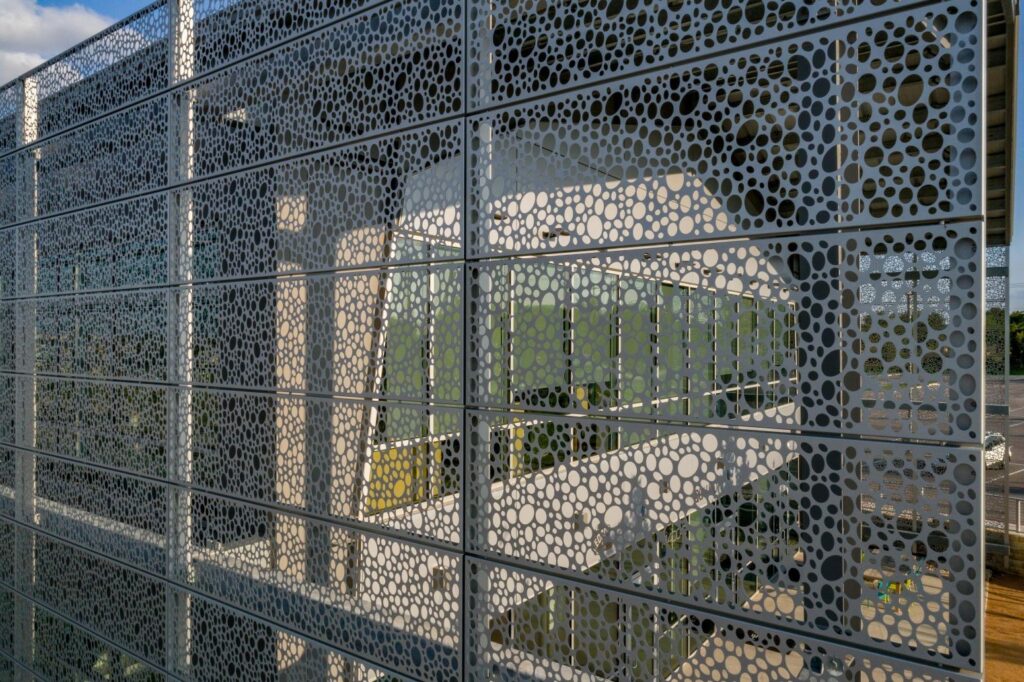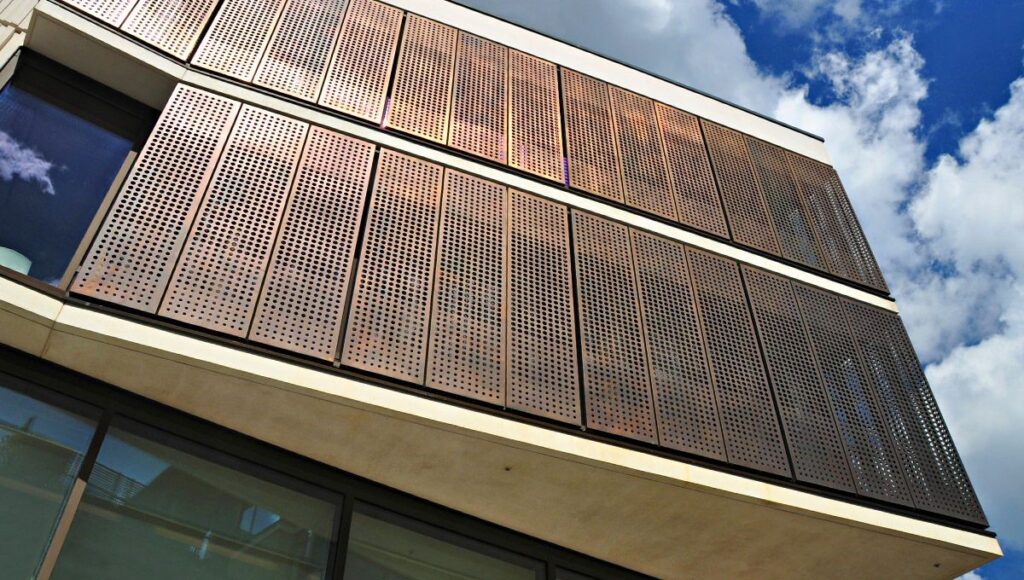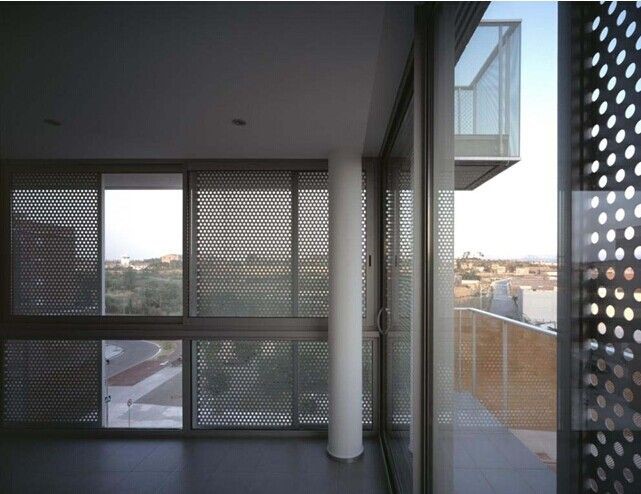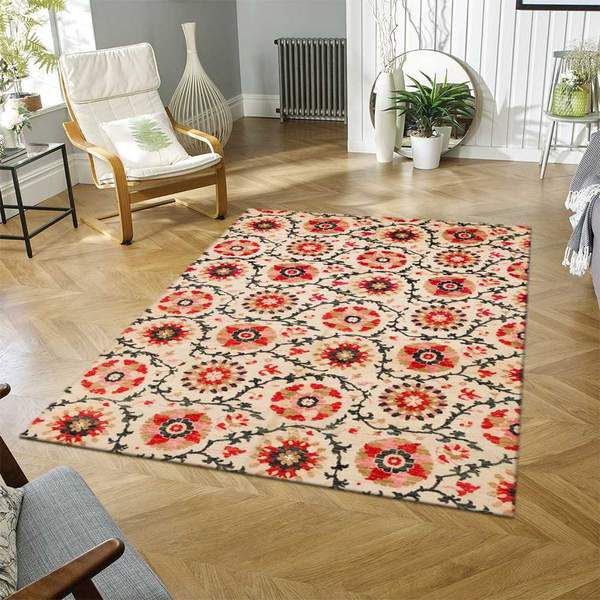Modern architecture values flair and function. Few materials can achieve the effect of decorative metal panels at the same time. The architectural application of perforated metal panels is one of the most prominent uses of these panels. It includes surface cladding, interior decoration, column covers, stair design, and creating security walls and fences.
Incorporating perforated metal into the architecture is a clever way to provide shading, noise control and other functionality while having stunning visual character. Architectural designers can use a variety of materials and styles to serve a myriad of architectural purposes.
Perforated panels amaze with their versatility and artistic lighting. They are not only used to decorate buildings but also to shape the house in a new way. Made of durable aluminum and stainless steel materials, perforated panels have a similar potential for flicker and light change. Depending on the sun’s rays falling on the building, they produce a variety of shades from dark to light. The unique stainless steel perforated panels provide decorative and practical applications for screens such as blinds to open and close doors and windows. Screens can be adjusted as many times as needed. Perforated stainless steel screens perfectly reflect sunlight and artificial light, providing the highest contrast in the hotel and environment.
Appearance Advantage

Architectural metal panels look amazing. For years, metal in architecture has been dedicated to inspiring outstanding design. If the goal is to be visually appealing, perforated panels amaze with their versatility and artistic lighting. They are not only used to decorate buildings but also to shape the house in a new way.
The perforated metal is even more important than a feature because it allows designers to make more creative use of the depth of light, sound, and visual depth. Designs can include perforated metal for decorative columns, ceilings, and walls, not to mention freestanding art. It is also commonly used as an architectural screen or facade.
Made of durable aluminum and stainless steel materials, perforated panels have a similar potential for flicker and light variation. Depending on the sun’s rays falling on the building, they produce a variety of shades from dark to light.
Functional Benefits
Function is also important in architectural design, and perforated metal offers many functional uses. Dongfu Perforating Company from China introduces several features of perforated metal sheets:
Ventilation, light transmission

Perforated metal panels play an important role in controlling the temperature and air ventilation of buildings, have regulated light transmission and provide lighting from the outside.
Acoustic absorption
Perforated metal is an excellent choice for diffusing sound. For example, perforated metal panels can be installed along the ceiling to avoid echoes.
Reduction of solar radiation and shading
In modern times, glass panels in building windows and doors are insulated so that less energy is used for heating in the cold season. Perforated metal is used only as a shielding element, but also adds to the creation of basic cooling, reducing energy use through the use of solar screens.
Practical Applications

As architects offer more and more creativity and style, perforated metal panels are being tapped and utilized for functionality. Various materials and styles of perforated metal are used for countless architectural purposes.
- Perforated Metal Screen
- Perforated Metal Surface Cladding
- Perforated Metal Building Interior/Exterior Walls
- Perforated Metal Fence Structure
- Perforated Metal Stair Treads
- Perforated Metal Cabinet Door Inserts
- Perforated Metal Ceiling
- Perforated Metal Canopy
- Perforated Metal Sunshades


